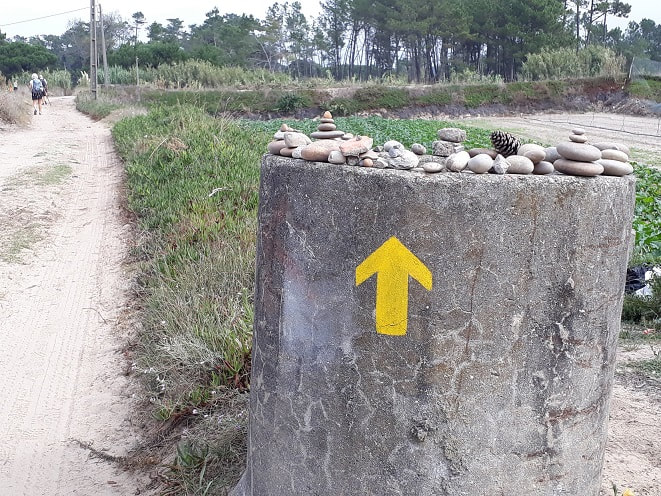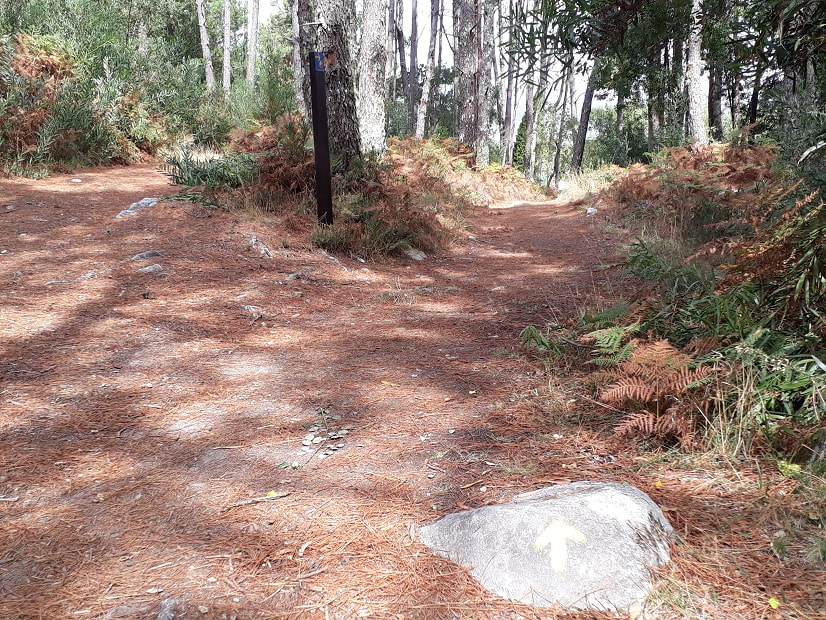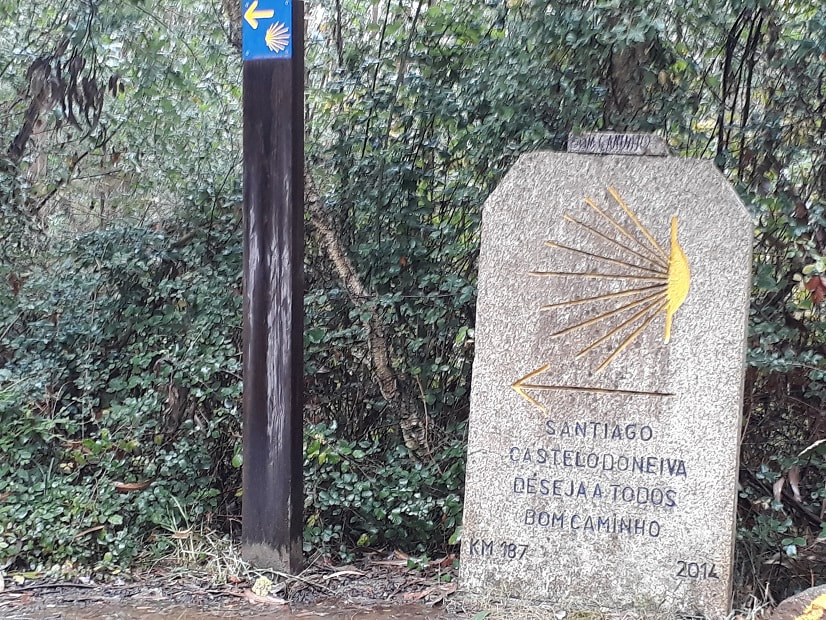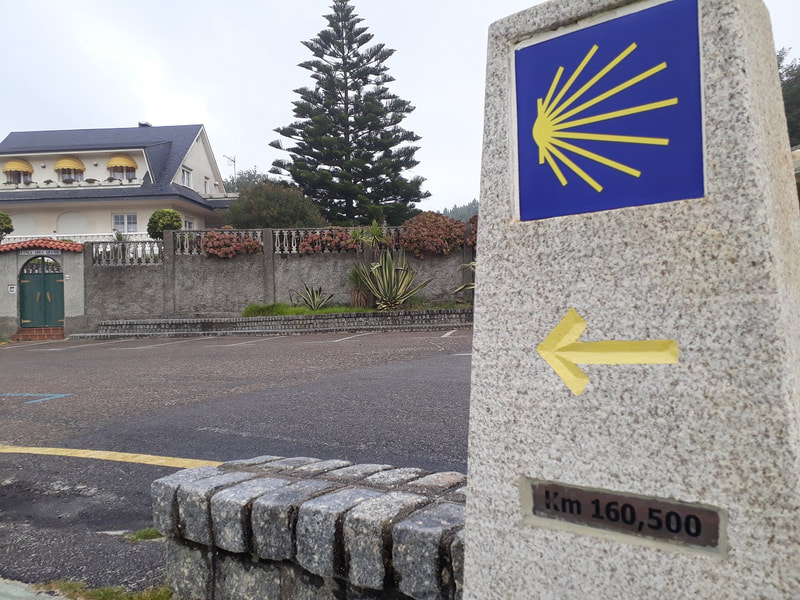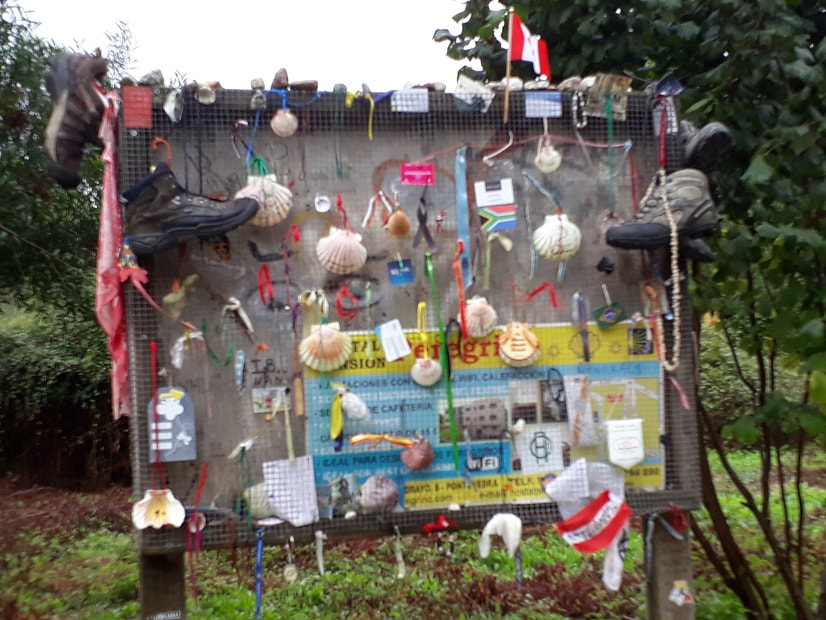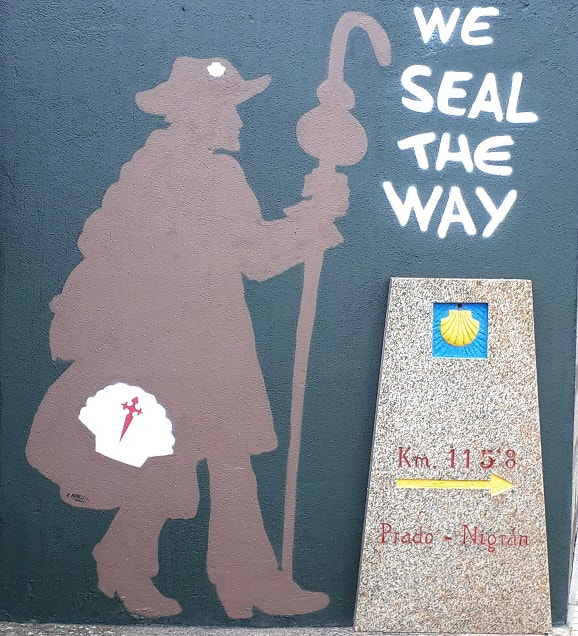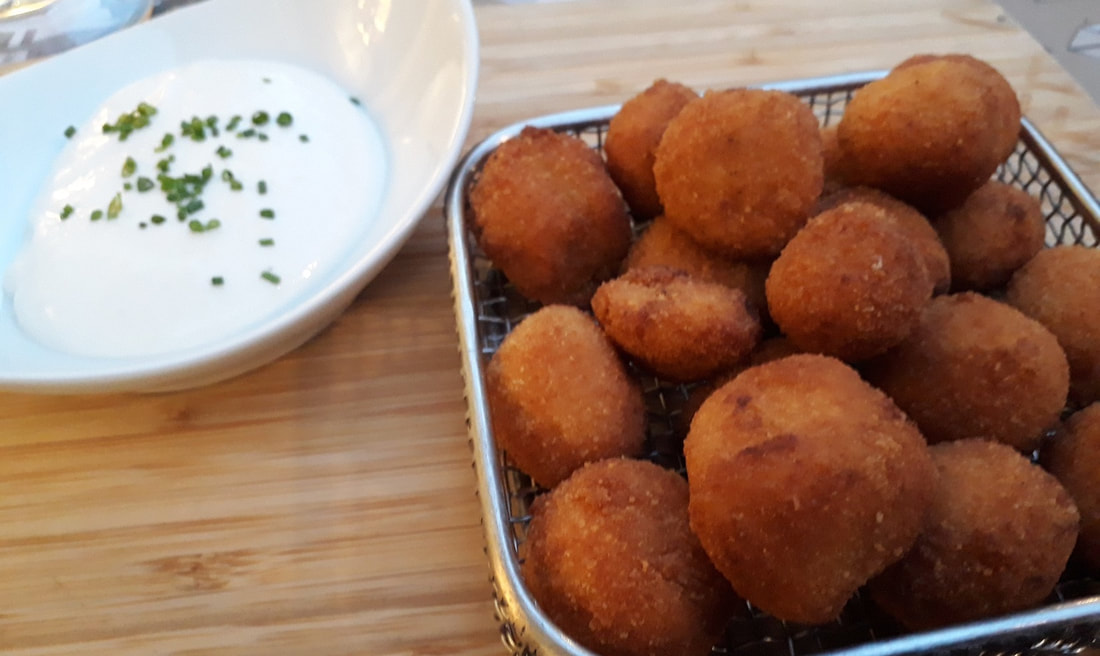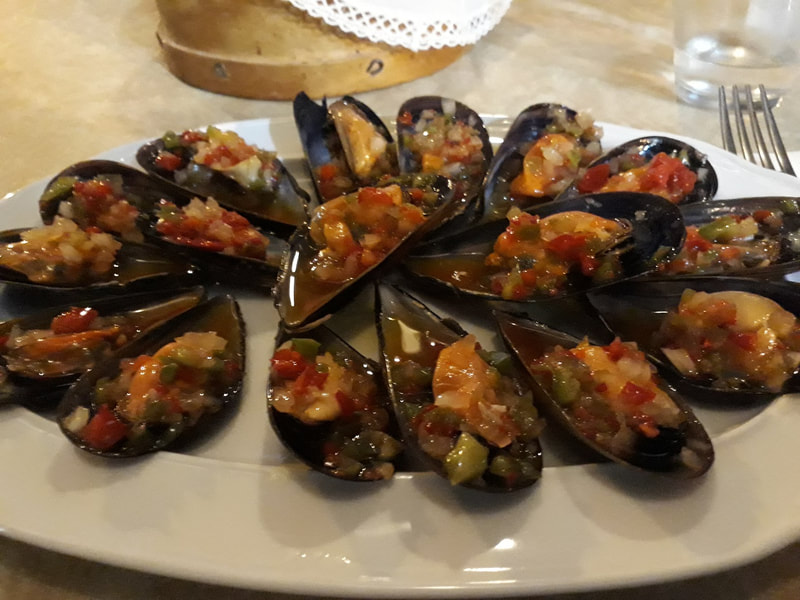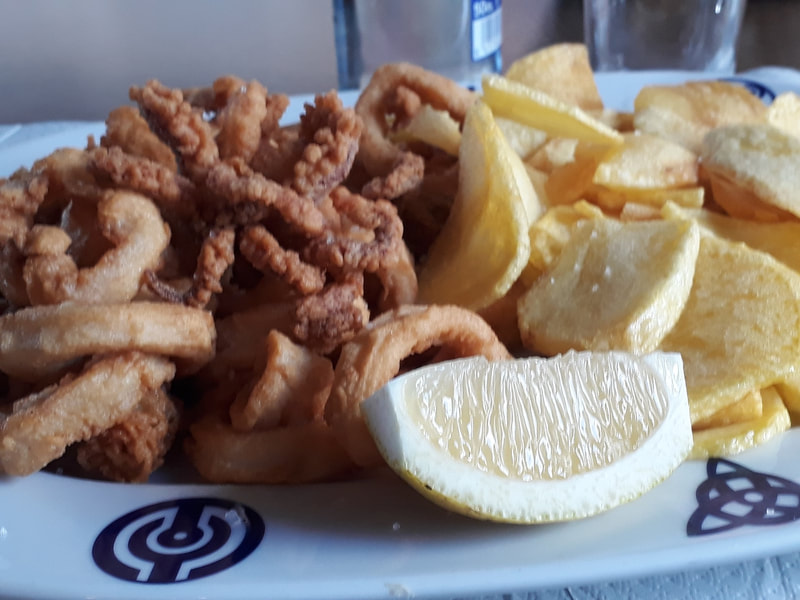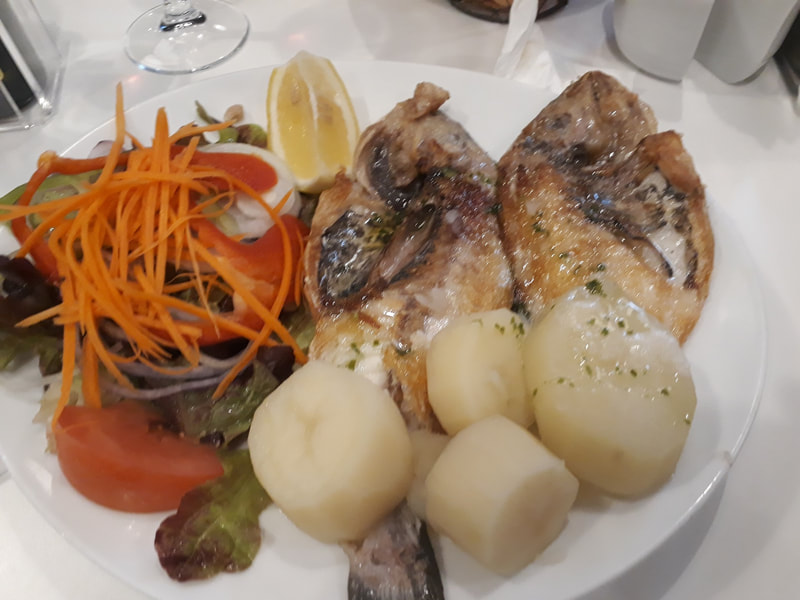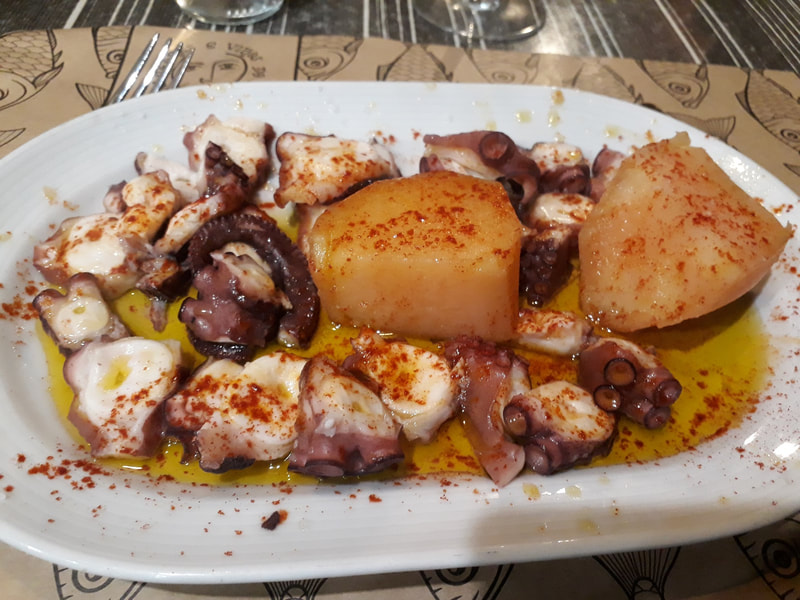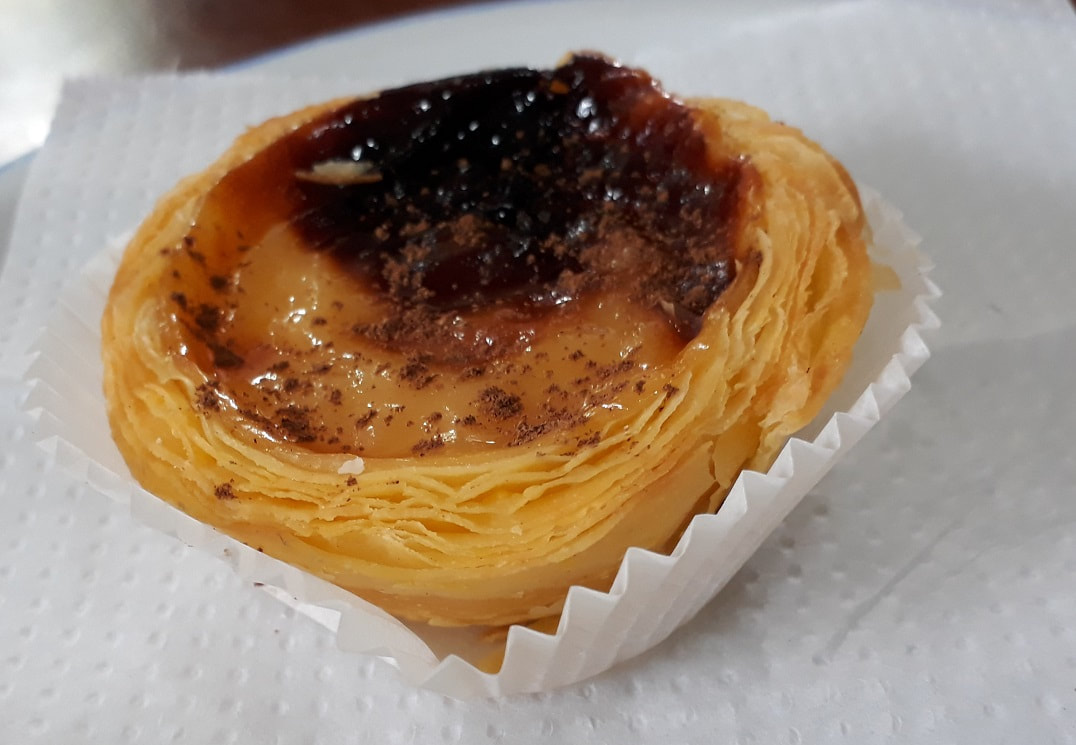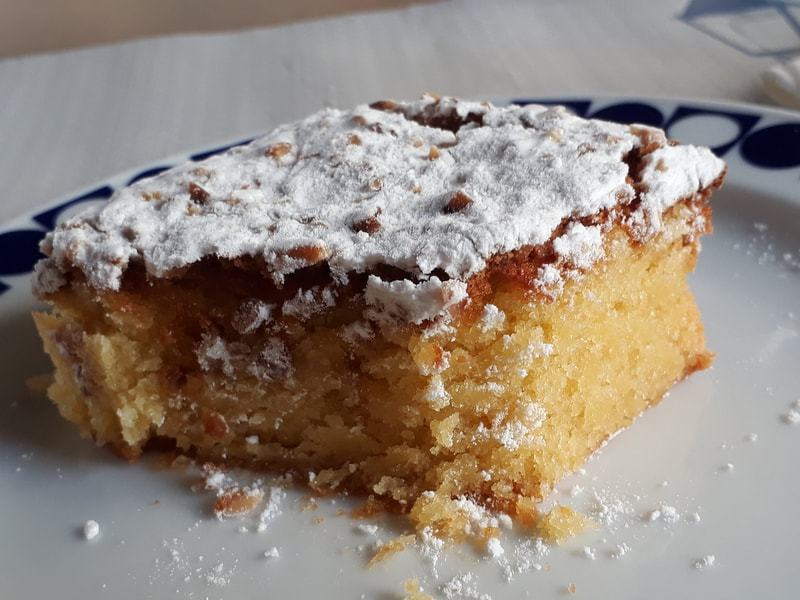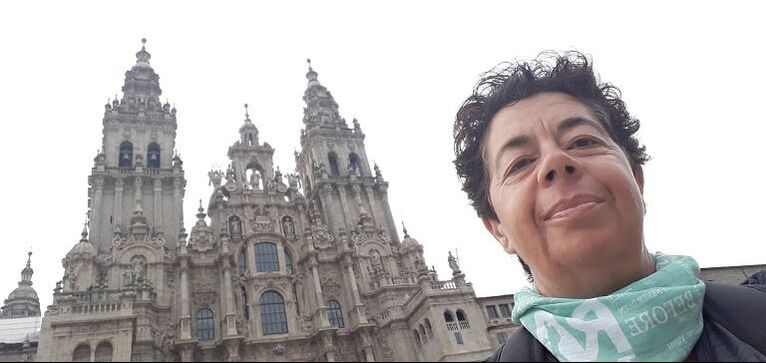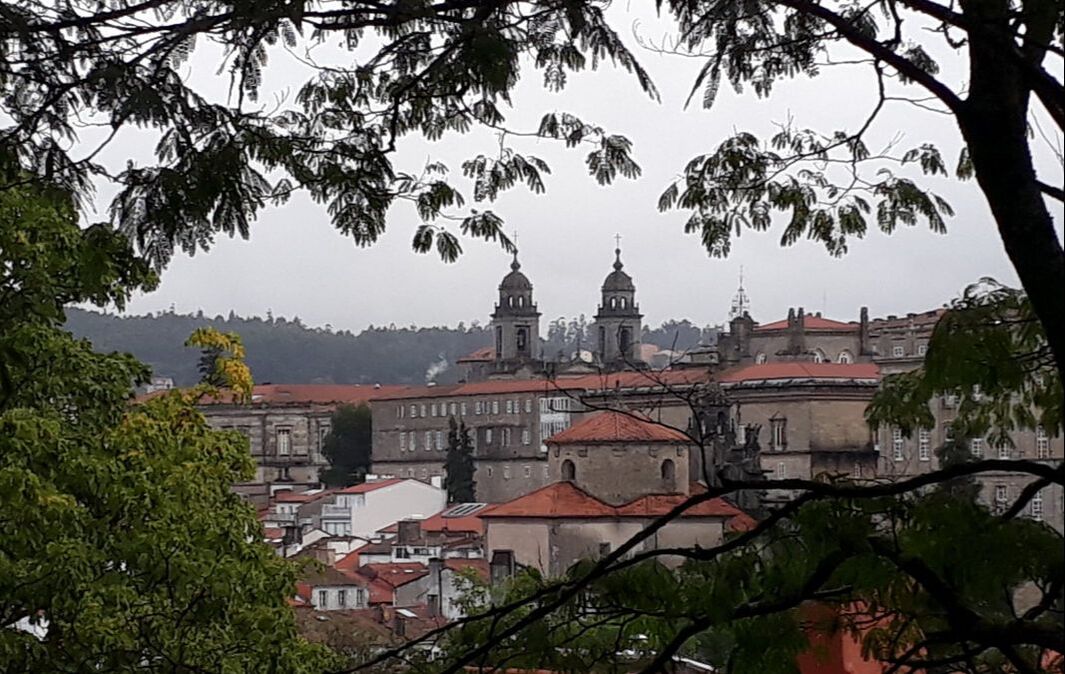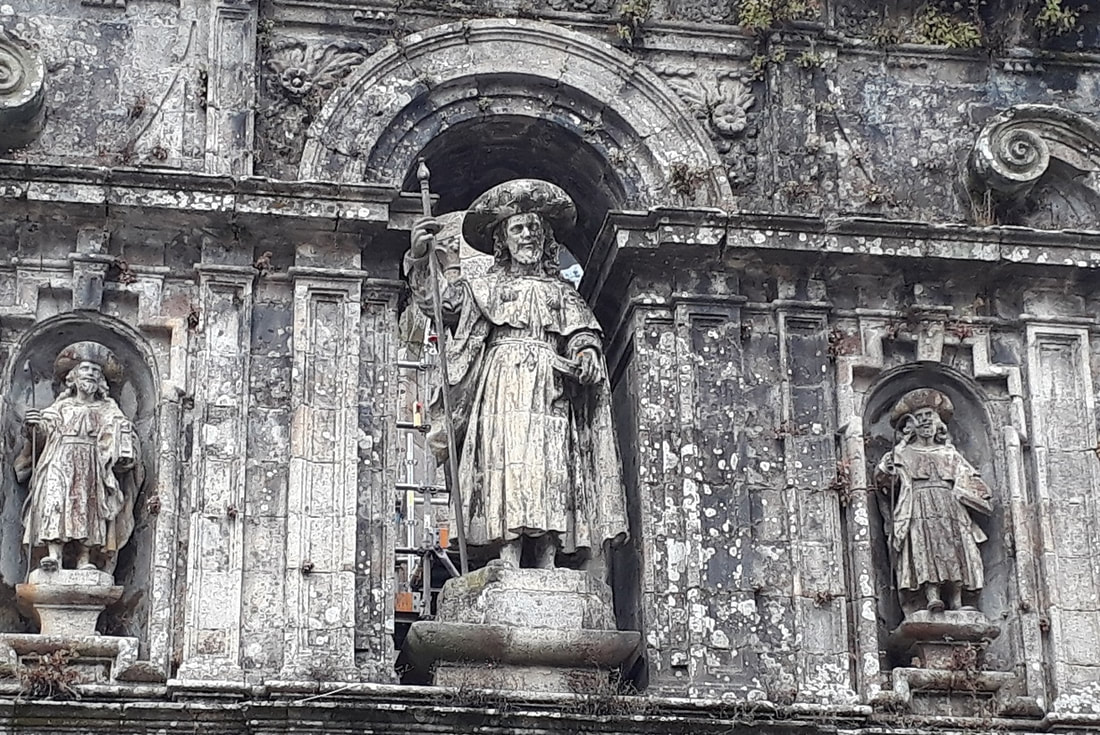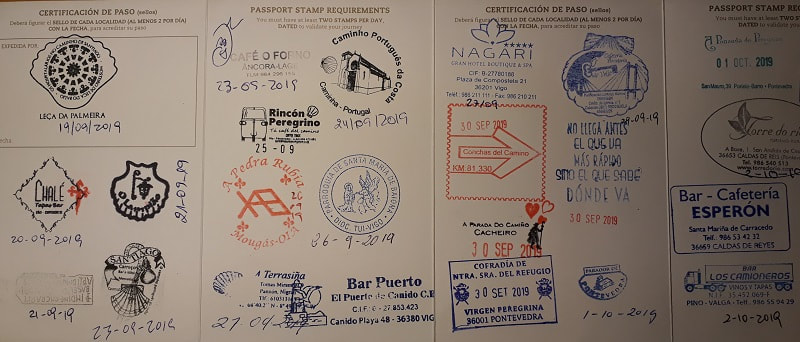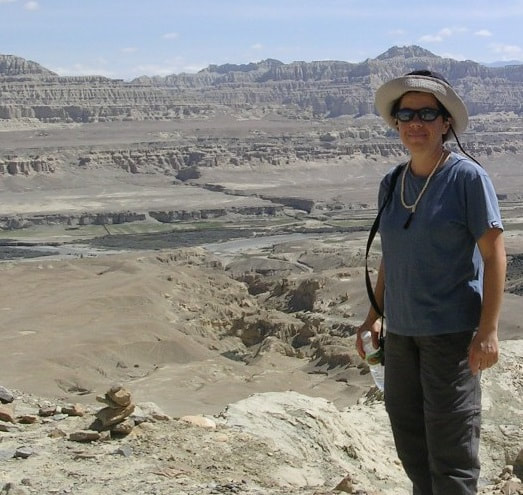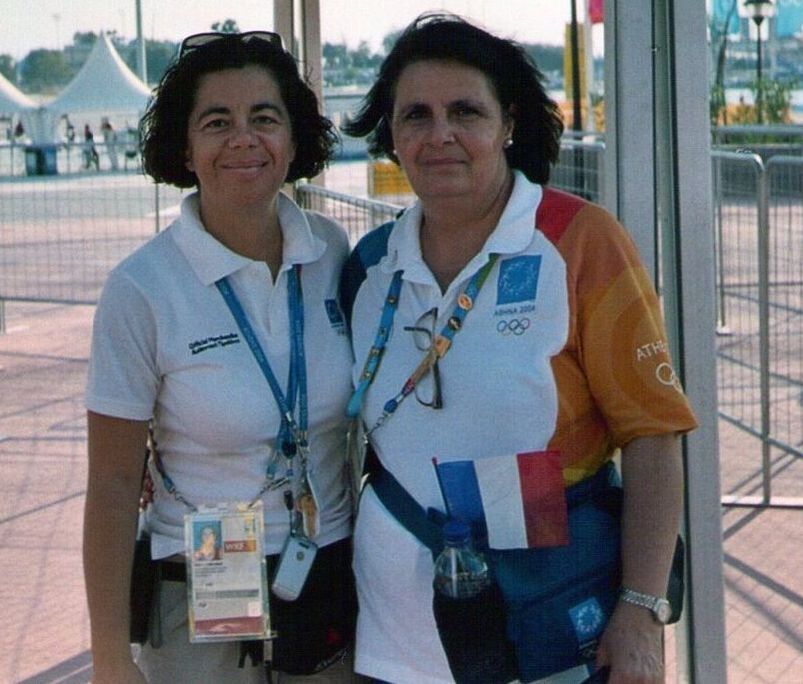|
“Are you sure this is the right way?” “Yes,” I reply, double checking my GPS. “But I don’t see any arrows,” my fellow peregrino points out. We look around and spot - on the far side of the road - the distinct Camino waymarking sign. That’s what happens when you’re too busy chatting and not paying attention to where you’re going. We cross over and join the procession of pilgrims on the last few days of the Portuguese Camino. I’d made it this far without getting seriously lost, even when hiking alone through the middle of a forest with minimal signage. So there’s really no excuse to stray from the path with so much waymarking, particularly along the Spanish route – you could just about get to Santiago without a map or GPS on this last stage where all three Portuguese paths converge and there’s a noticeable increase in pilgrim traffic. (Ahem, there's that one time I was walking out of a major town and found myself on the wrong side of a major intersection and couldn’t safely cross the road – leading to an unnecessarily long detour. Aah, and that second time I arrived into another town and the yellow Camino signs suddenly disappeared. To be fair, there were two other pilgrims just in front who were equally confused and I could see them walking around in circles for a while…) But other than that, the signage was pretty obvious. Sustenance along the way“Excuse me,’’ I call the young waiter over. “Is that an actual spider in this dish?” Apart from this potential carnivorous addition, the croquettes sounded rather appealing. Stumped as to the English translation, the waiter pulled out his phone and googled the Spanish word ‘centollo’ and showed me the picture. Ah, spider crab. “In that case, I’ll have the croquettes.” Which were sensationally delicious. As was the seafood I indulged in throughout the Camino: cod, muscles, sardines, sea bream, octopus, calamari, paella. The only sweet of choice in Portugal was, of course, pastel de natas (Portuguese custard tarts). I had eyes - and stomach - for nothing else. And so, on my last day in Portugal as I boarded the ferry for Spain, I realised I had no idea what dessert to eat for the rest of my pilgrimage. Quite the dilemma; one which was resolved in the town of Vigo. I was in Spain for five days before I had my first local dessert, tentatively suggested by the non-English speaking waiter: Santiago cake – an equally yummy almond cake named in honour of Santiago (St James), the patron saint of Galicia. Quite fitting, really. “We’re just going to stay and have another beer,” my two Irish companions announced. “You’re welcome to join us.” We were 4km out of Santiago and after a late lunch stop, the time was nudging past 3pm. After two weeks of walking, and the finish line so tantalisingly close, I just wanted to get to Santiago. And kick off my hiking boots. Like the first day of the Camino, this last day was a long one – 25km – and I found myself dragging my feet the whole way. And stopping for breaks frequently. “Thanks, but if I don’t leave now, I won’t be able to keep going,” I say to my friends. I re-tied my shoelaces, picked up my trekking poles and walked out on the Irish couple. Santiago de Compostella
1 Comment
Peter Nolan
10/12/2019 11:05:40 am
It's okay to be a little weary at the finish, Hari. Just adds to the experience. Just love your dietary adventures along the way...
Reply
Your comment will be posted after it is approved.
Leave a Reply. |
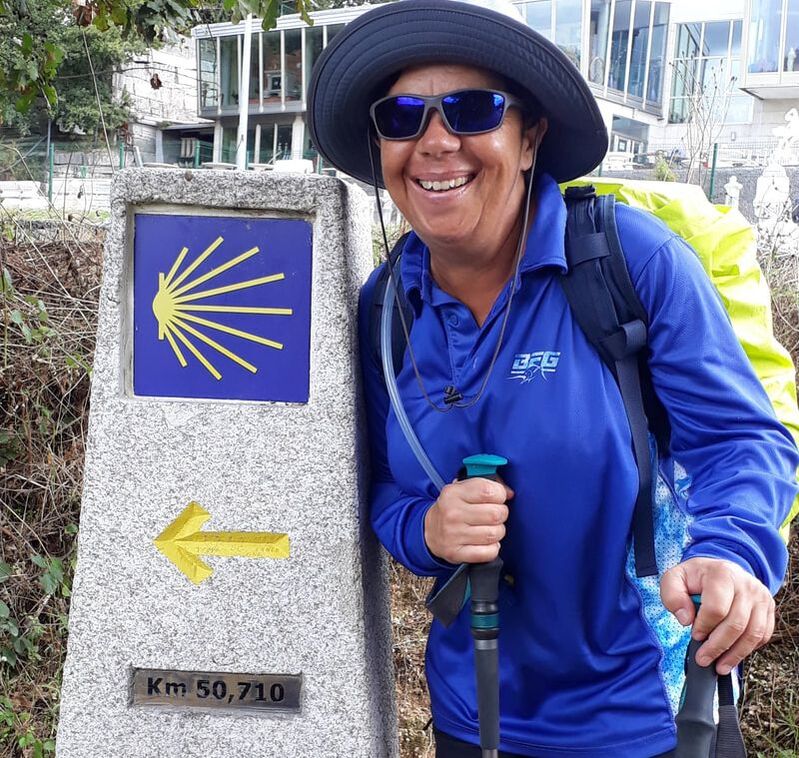 Portuguese Camino 2019 Portuguese Camino 2019
Travel blogs
New Zealand 2008 Tibet 2007 New Zealand 2006 Melbourne 2006 United Kingdom 2004 Athens Olympics 2004 Peru 2003 Beijing to Athens 1994 Nepal 1991 Categories
All
Archives
December 2019
|
|
I acknowledge the traditional Custodians of the land on which I work and live, the Gubbi Gubbi / Kabi Kabi and Joondoburri people, and recognise their continuing connection to land, the waters and sky. I pay my respect to them and their cultures; and to Elders past, present and emerging.
|
© 2024 HARI KOTROTSIOS
|
